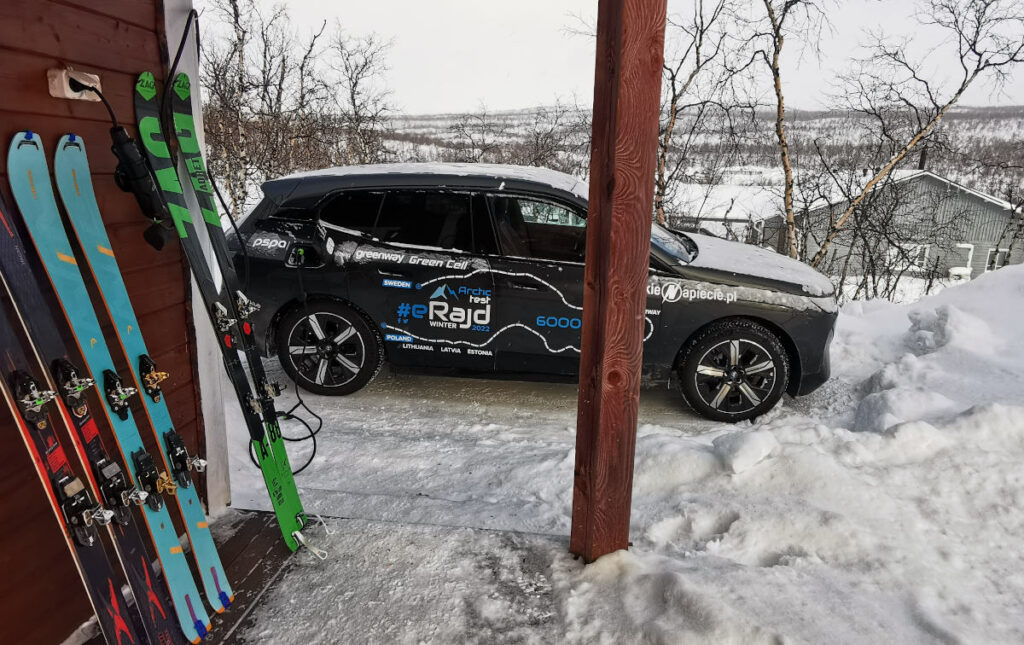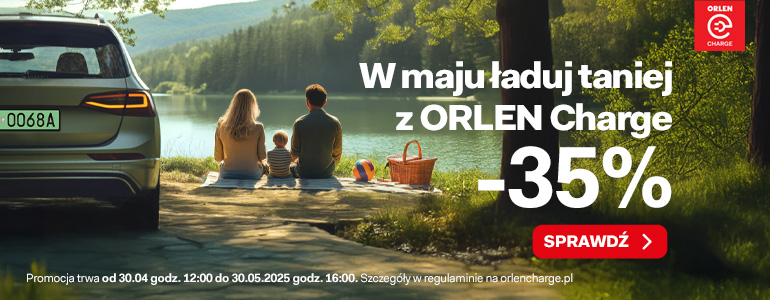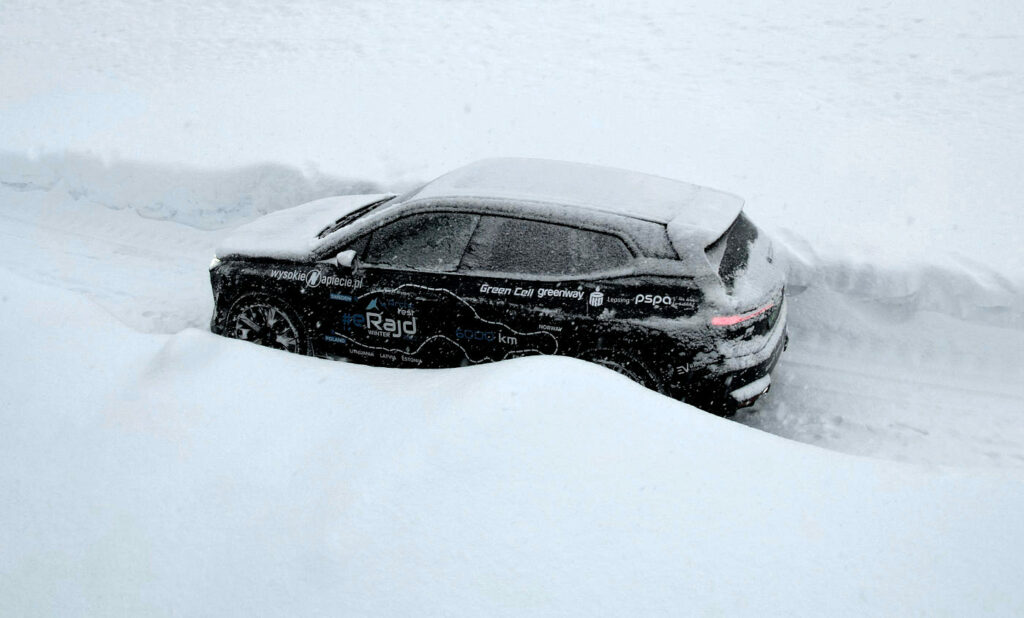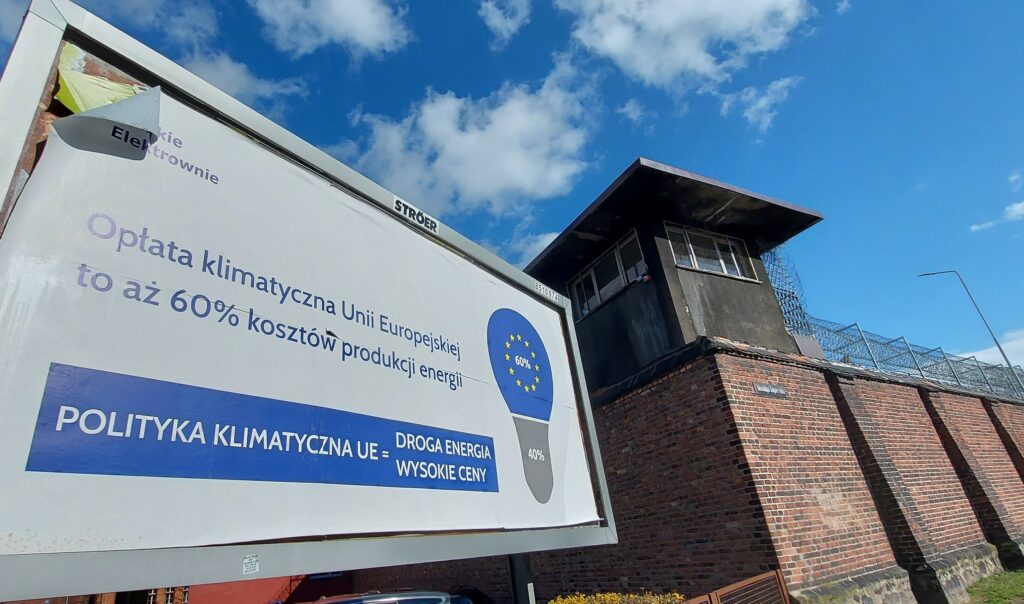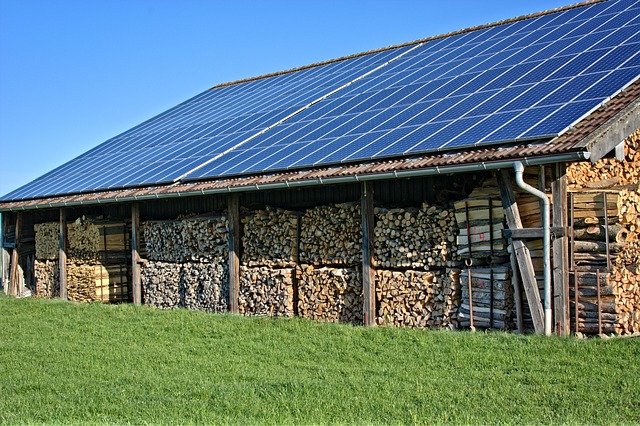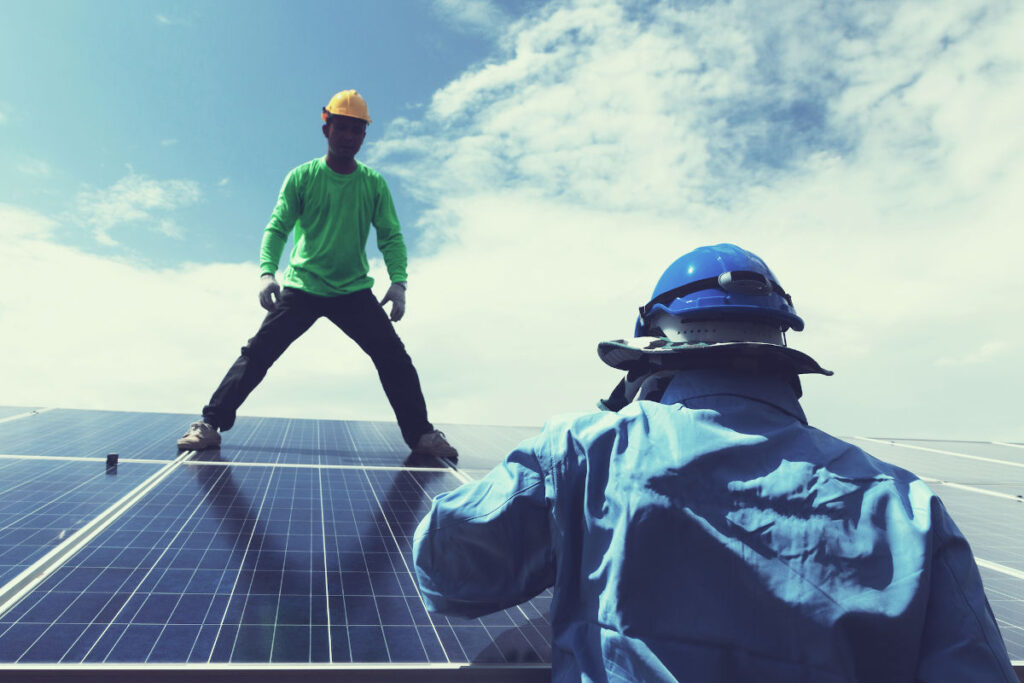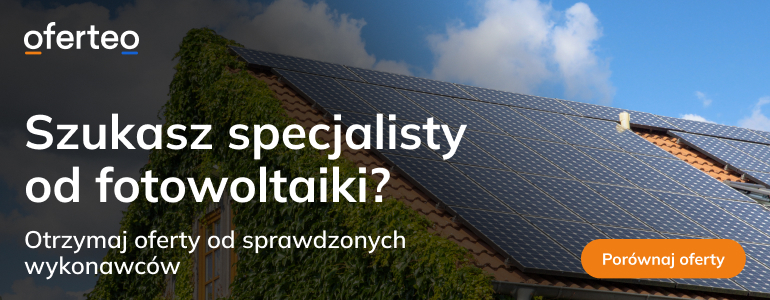Spis treści
The team needed a good night’s sleep and got one. The hotel they stayed at was surrounded by more than 40 AC chargers within a radius of 100 meters. Not bad at all … for the workers at the surrounding office buildings where they belonged. The hotel had none, quite a surprise in a country with one of the highest shares of electric vehicles. The race for adventure (and charge) resumed.
Day 3: Southern & Central Sweden, 760 km — cold it is
How about a morning visit at superfast chargers, then? There was one station nearby, 6 stalls with a max charging rate of 350 kW each. Our team was lucky to grab the last unoccupied spot and then set to talk to some other EV owners and complain about slow charging. Funny, considering they were at 350 kW stations, right? Some of you may know it, some other Floridian types may not: batteries don’t charge at their full capacity at low temperatures. For some new owners, it was still a disappointment, and visiting various stations, our EV experts could explain in detail to all the Kia, BMW, Skoda, Polestar, Hyundai, and Ford owners how batteries work and why it’s so crucial to have them warmed up before charging.
A small home plug or a garage would have improved the situation, but our team didn’t have any, so instead of the possible 195 kW, they sucked in energy at 50 kW, then rocketed to 120 kW briefly, and then landed on 60 kW in the end. Still better than one disillusioned Kia owner whose battery warmup system didn’t work. It may in the future after a software update, but that hadn’t come yet. Charging the Taycan in the summer at 270 kW was just a sweet memory.
Meanwhile, our guys entered central Sweden and were welcomed with gentle polar lights and a friendly freezing temperature of -20°C. That meant the difference between the outside and inside of the car was 40 degrees. On top of that, they were driving on snow and ice at night and in hilly terrain. Yet, the consumption was lower than on high-speed windy motorways. Averages of 27 kWh/100 km meant about 400 km of range. Also, the energy used to heat up the car on a long trip is less of an issue than it is when driving to and from work within a city.
The real challenge, though, remained the speed of charging, and is exactly why we wanted to take the BMW iX into this part of the world at this time of the year. There is no better way to find out how bad it is. Luckily for the battery, the team spent the night in a farm hotel with no charger but with home sockets at the car park (as ICE vehicles are not very fond of freezing temperatures either).
Day 4: Northern Sweden, sheep calling, & ice cream
Our guys were literally woken up by sheep baaing and dogs barking. That was the signal they could check how their prototype charging cable had performed. The Polish company Green Cell had developed a charging cable, Mamba, to be used with 3-phase sockets (or regular sockets using an adapter). Unlike most competing products, Mamba doesn’t have the well-known “brick” in the middle, and all the electronics are miniaturized and housed in the plugs on both sides. The type 2 side includes an LCD display showing charging status and connects with your phone over Bluetooth or using an in-built SIM card. It’s a slick solution that can replace a wallbox at home and become a rescue partner on longer trips.
Mamba did well charging through the night at minus 15°C degrees. It failed at synchronizing with the GSM signal, but this feature will be tested again in Finland to see if that was only a roaming issue.
Quite unsurprisingly, being in northern Sweden, the team began to struggle locating a publicly accessible charging station. All apps to the rescue! (PlugShare, ABRP, ChargeMap, Plugsurfing, BMW Charging) They also had to dig through all the cards they had collected over the years to help them start what was found. It looks like that part of Sweden lags behind in developing charging infrastructure, but there were some unexpected surprises, such as a great charging station located in the middle of nowhere — in a small town near the Arctic circle, put there by a company that manufactures ice cream!
To make things even more surprising, our drivers started it hassle-free with our BMW Charge card.… Who would have believed that!
The team was less fortunate in the last city visited in northern Sweden. None of the cards in the drivers’ full hands could start the chargers in Gällivare. Like many times before, the app to operate the chargers had to be downloaded and was used only for the chargers located in the beautiful city of Gällivare — how convenient!
Okay, truth be told, the app had one friendly feature — it could be connected with any chosen RFID card to start the chargers (we used our GreenWay card). It was a small sweetener, but well appreciated.
Day 5: Northern Sweden to Northern Finland — and catastrophe
The building we stayed at in the city of Gällivare, Sweden, is either new or had just been moved there, like many other buildings in the area. The reason behind this extraordinary effort by local authorities is a hole a few hundred meters long and a hundred meters deep — a mining-related ground deformation in Malmberget. What used to drive industrialization of Sweden and Europe is now the source of a serious headache for the state-owned company LKAB, local authorities, and residents of Malmberget.
All houses neighboring this famous iron ore mine need to be either moved or simply demolished. The view of empty streets with street lights, sidewalks, and no buildings is quite an experience. We all want to believe we have learnt our lesson, especially with all the plans to start mining new precious particles of graphite, cobalt, or lithium in the Arctic circle. I want to believe we will do better this time. For today, the site attracts former residents who come to remember and reflect. One of them, Kurt, was so deep in his thoughts he didn’t notice our team driving and crashed into the BMW. Nobody was hurt, thankfully, but we may need to use another car to complete our journey.
For the time being, the team kept moving along to reach a small hut they had rented in the north of Finland. 330 km to go, no chargers along the way, minus 30°C degrees outside — does that sound like the ultimate winter EV test? It does to me, and judging by the tension in the voices of the crew when we talked on the phone, they all agreed.
The range the car showed was 350 km, the outside–inside temperature difference was 50 degrees, three adults and a lot of gear were inside — the BMW iX was ready for the ride and it passed the test. Average consumption was 27.8 kWh/100 km. Using charging costs from the previous station, that meant $8/100 km. Knowing the price of gas at Swedish petrol stations was $2/l, we could estimate the same journey in a comparable SUV running on fossil fuel would cost $19/100 km. EVs win, again!
Plus, our Mamba charging cable passed another extreme test, charging the BMW at minus 32°C, which I don’t think anybody had tested in the lab setting before.
Friday: February 25th — nothing will be the same any more
The team comprises three people — two Poles and one Ukrainian, Olga. Her parents live in Kiev. At night, they hear shells flying above their roofs. Being in Norway, we can clearly hear the war on the phone. The war is all around us. 400 km behind the Arctic circle, in a small village, a calm Norwegian speaks his mind, openly wishing Putin imminent death. Even on these outskirts of Europe, Russia’s invasion of Ukraine sparks emotions.
We like the way Peter Badik from GreenWay put it: “I’m distraught at how dependent we are on corrupted despotic regimes such as Putin’s Russia. We must realize their wealth comes from us, countries buying their resources and thus financing the corruption. I strongly believe all companies developing e-mobility contribute a little bit to reducing that dependency.” I couldn’t agree more.
The text was also published on CleanTechnica.com

